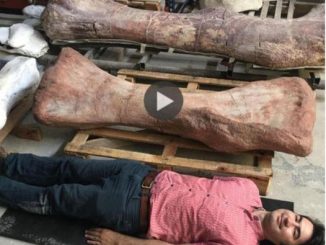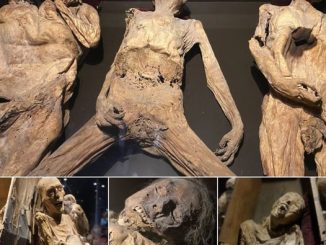In the realm of ancient Egypt, where gods walked among mortals and magic infused every aspect of life, the line between the tangible and the divine often blurred. One such enigmatic artifact that offers a glimpse into this mystical world is the Egyptian statue of a deified individual adorned with intricate spells and surrounded by deities. Dating back to the 26th-30th Dynasty, spanning from 672 to 342 BC, this statue stands as a testament to the enduring fascination with the divine and the supernatural in ancient Egyptian culture. Join me as we embark on a journey to unravel the secrets concealed within this captivating relic.
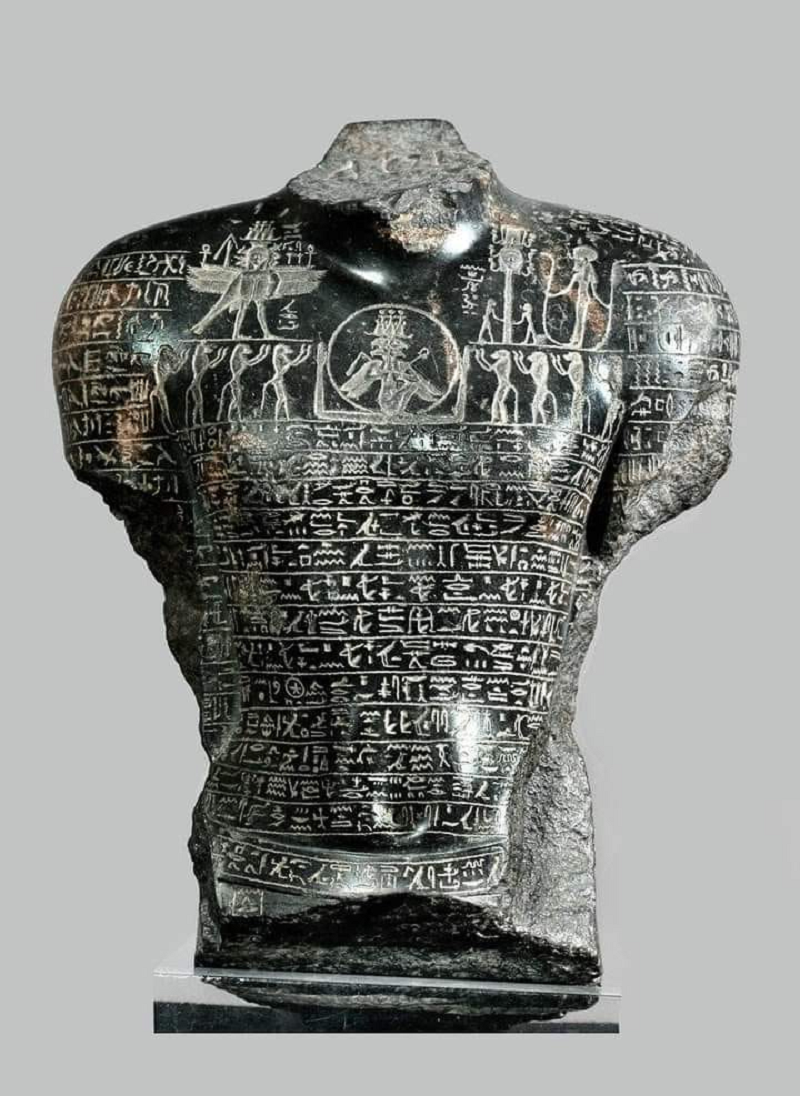
The statue in question, crafted during the Late Period of ancient Egypt, is a remarkable amalgamation of religious symbolism, magical incantations, and artistic craftsmanship. Standing at approximately three feet tall, it depicts a deified individual, likely a prominent figure in society, adorned with elaborate headdresses and regalia characteristic of Egyptian deities. The meticulous attention to detail in the sculpting of the figure reflects the reverence with which the ancient Egyptians regarded their gods and those who were deemed worthy of deification.
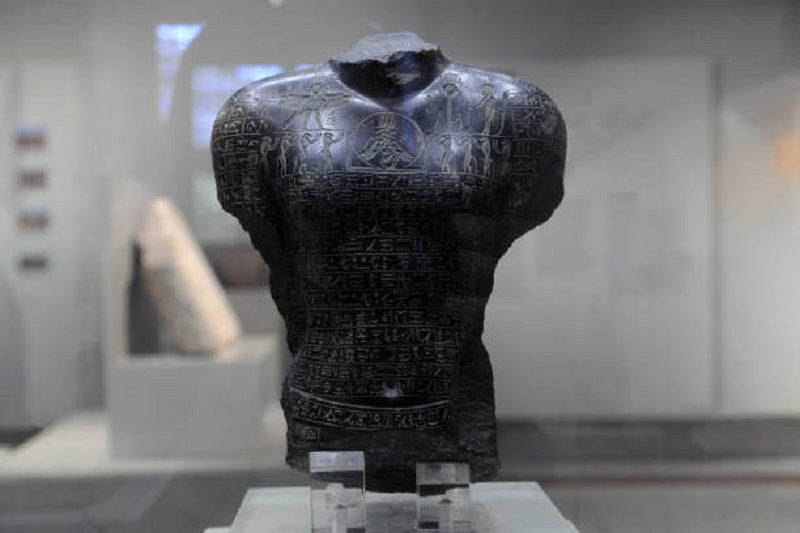
What sets this statue apart, however, is the intricate inscriptions covering its surface. These inscriptions, comprising a combination of hieroglyphs and symbols, are not mere decorative elements but serve a deeper purpose. They are spells, incantations, and invocations intended to imbue the statue with divine power and protection. The belief in the efficacy of magic was pervasive in ancient Egypt, permeating every aspect of daily life, from healing rituals to ensuring success in the afterlife. By inscribing these spells onto the statue, the ancient Egyptians sought to harness the supernatural forces believed to govern the universe.
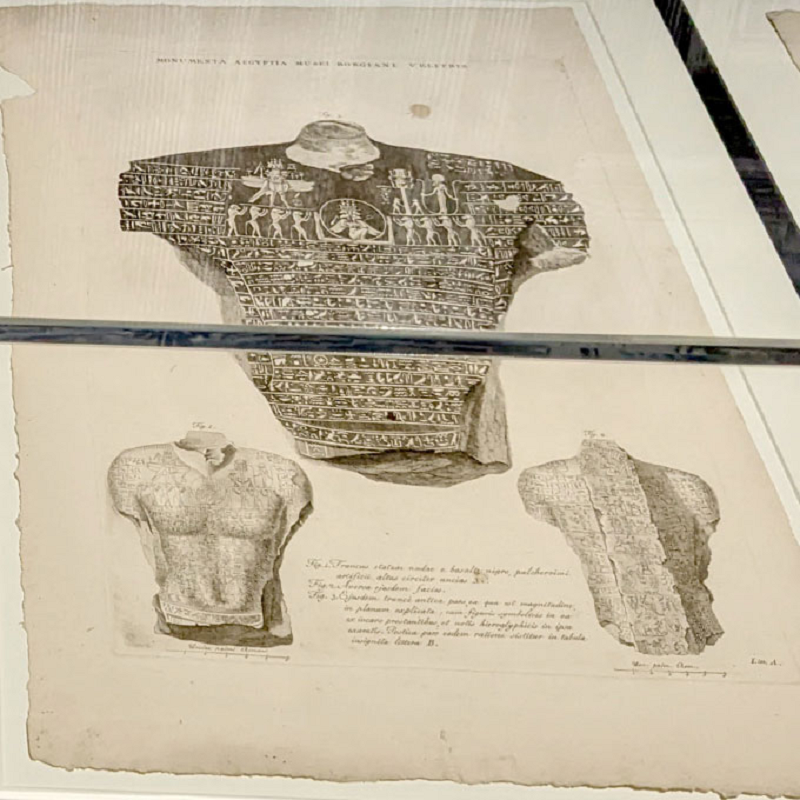
One of the most striking features of the statue is the presence of various deities depicted alongside the deified individual. These gods and goddesses, ranging from well-known figures like Isis and Osiris to more obscure entities, were believed to exert influence over specific aspects of life, such as fertility, protection, and prosperity. By invoking these deities through their representation on the statue, the ancient Egyptians sought their favor and assistance in navigating the challenges of existence.
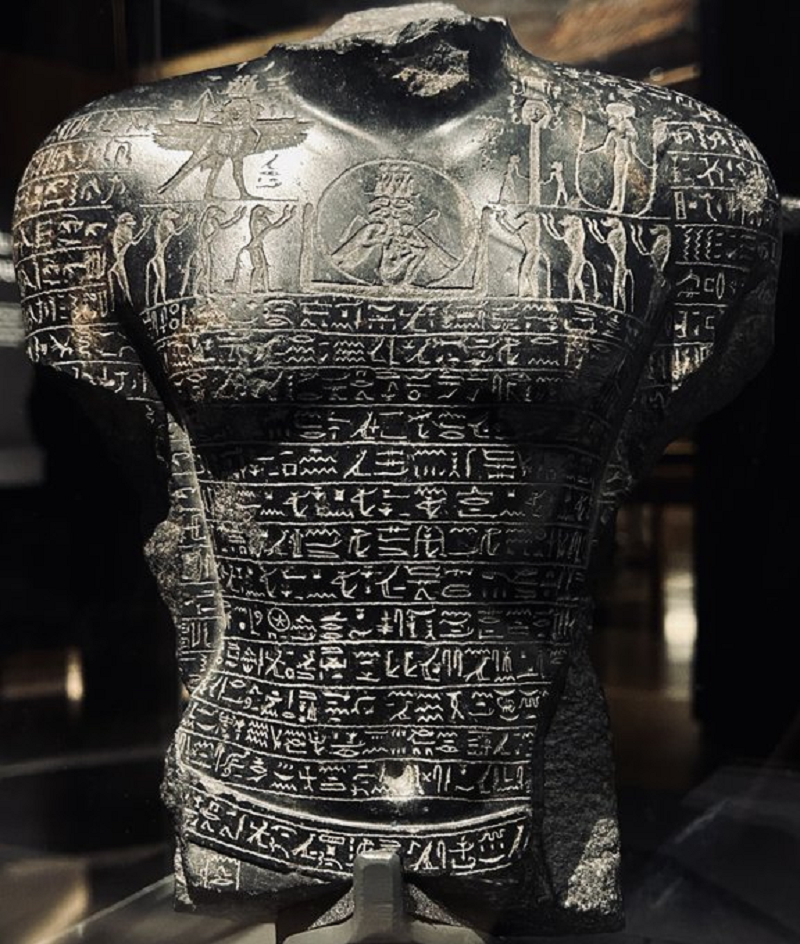
The significance of the statue extends beyond its religious and magical associations; it also provides valuable insights into the socio-political landscape of ancient Egypt during the Late Period. The practice of deification was not limited to the divine realm but also served as a means of legitimizing power and authority on Earth. Rulers and individuals of high status often sought to associate themselves with gods and goddesses, thereby reinforcing their position within society and asserting their divine right to rule. The presence of this statue, with its portrayal of a deified individual, is a testament to the complex interplay between religion, politics, and ideology in ancient Egypt.
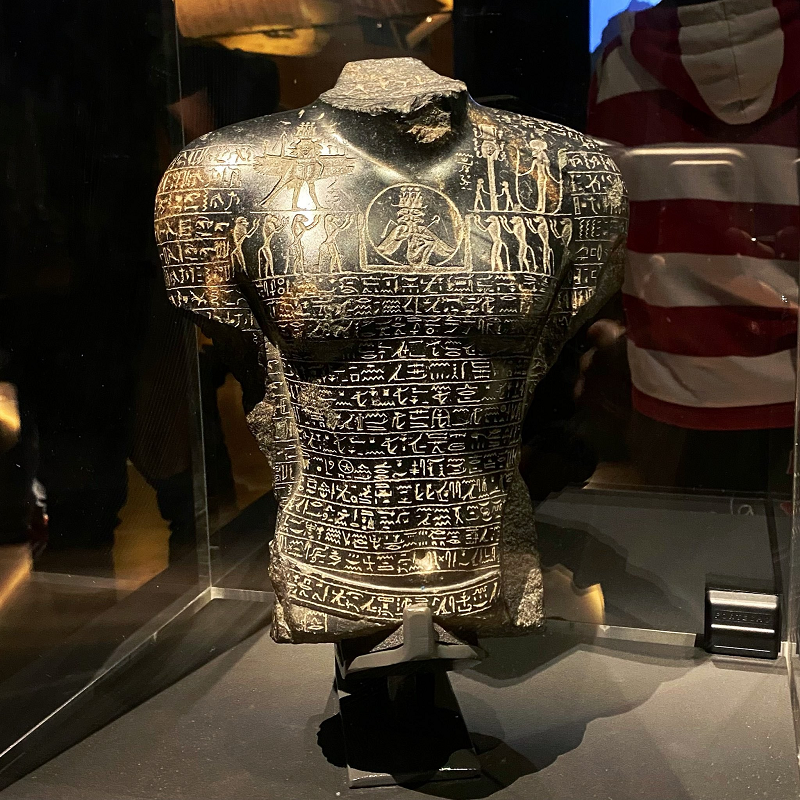
As we conclude our exploration of this ancient Egyptian statue, we are left marveling at the intricate web of beliefs and practices that defined the spiritual landscape of the time. From the veneration of deities to the invocation of magical spells, every aspect of the statue serves as a reminder of the profound influence of religion and magic on the lives of the ancient Egyptians. Moreover, the statue offers a glimpse into the aspirations and aspirations of individuals who sought to transcend the limitations of mortality and attain a semblance of divine status.
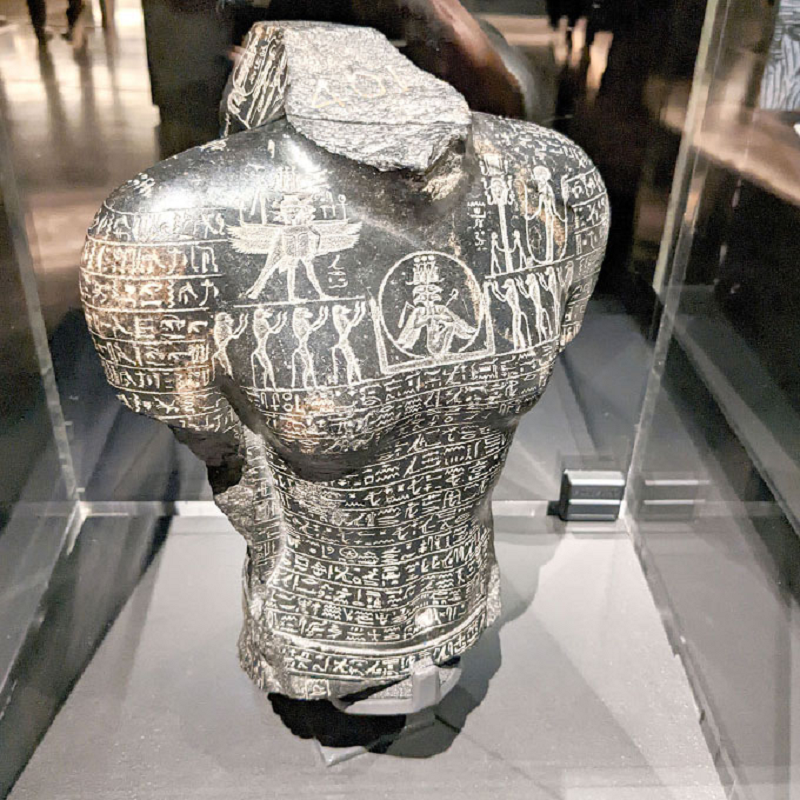
In studying artifacts such as this statue, archaeologists and historians are not merely uncovering pieces of the past but also piecing together the intricate tapestry of human belief, ingenuity, and aspiration. Through their efforts, we are able to gain a deeper understanding of the civilizations that preceded us and the enduring legacy they have left behind. As we continue to explore the mysteries of ancient Egypt and other ancient cultures, may we approach each discovery with humility, curiosity, and a sense of wonder at the boundless complexity of the human experience.
